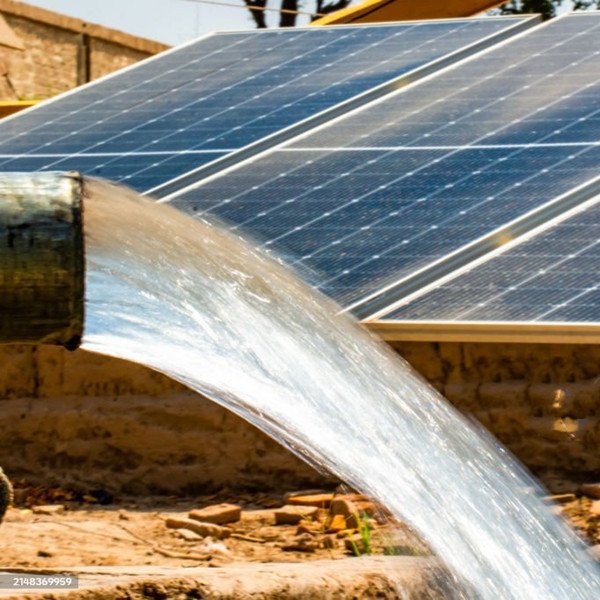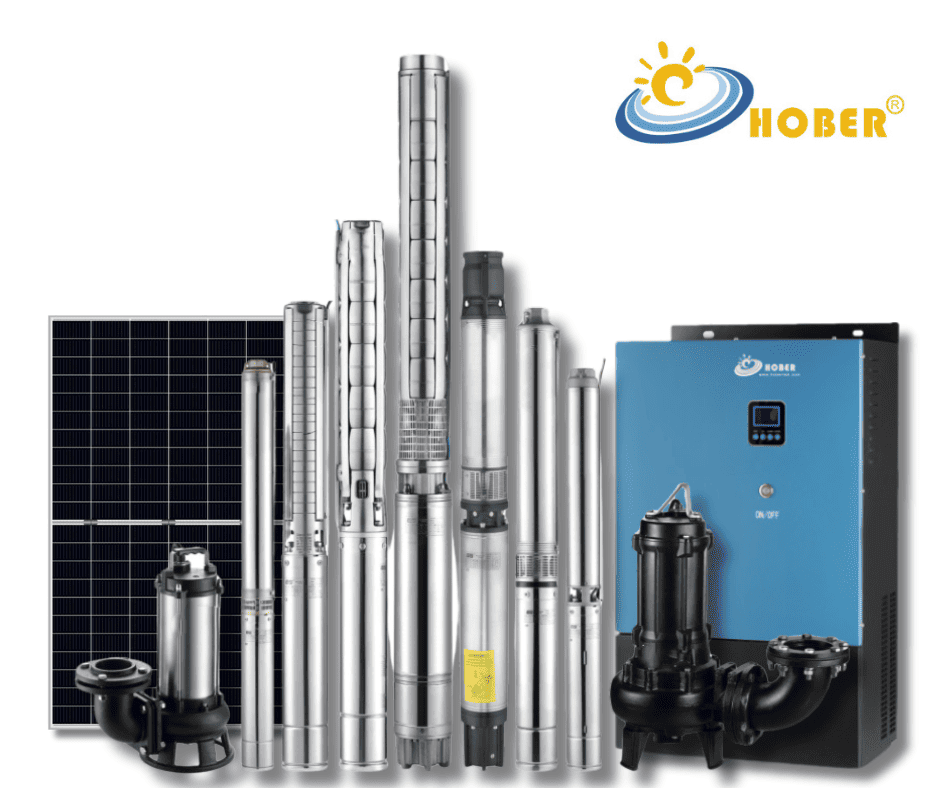In the ever-evolving world of renewable energy, understanding the tools and technologies that drive efficiency is crucial. Engineers and energy professionals often encounter the terms “solar pump inverter” and “variable frequency drive (VFD)” but may not fully grasp their differences. This article aims to demystify these terms, providing a comprehensive comparison that highlights their unique functions, applications, and benefits.
A solar pump inverter converts DC power from solar panels into AC power to run water pumps, optimizing the use of solar energy. In contrast, a Variable Frequency Drive (VFD) modulates the speed and torque of AC motors by adjusting the frequency and voltage of the power supplied to the motor.

Transitional Paragraph
Understanding these differences is essential for selecting the right technology for your specific application. Let’s delve deeper into each device’s technical specifications, applications, and benefits.
What is a Solar Pump Inverter?
A solar pump inverter, also known as a solar variable frequency drive, is a device that converts direct current (DC) from solar panels into alternating current (AC). This AC power is then used to drive various types of water pumps, such as centrifugal pumps, irrigation pumps, deep well water pumps, and swimming pool pumps. The primary function of a solar pump inverter is to ensure that solar energy is efficiently utilized to power these pumps, even under varying sunlight conditions.
One of the key features of modern solar pump inverters is the integration of Maximum Power Point Tracking (MPPT) and Maximum Efficiency Point Tracking (MEPT) technologies. MPPT ensures that the solar panels operate at their maximum power output by constantly adjusting the electrical operating point of the modules. MEPT, on the other hand, optimizes the overall efficiency of the system by adjusting the inverter’s operation to match the varying load conditions and sunlight availability.
What is a VFD (Variable Frequency Drive)?
A Variable Frequency Drive (VFD) is an electronic device that controls the speed and torque of AC motors. By varying the frequency and voltage of the electrical power supplied to the motor, a VFD can precisely control motor speed. This is particularly useful in applications where motor speed needs to be adjusted to match process requirements, leading to significant energy savings and improved process control.
Key Differences Between Solar Pump Inverters and VFDs
- Functionality: A solar pump inverter primarily converts DC to AC power, while a VFD adjusts the frequency and voltage of AC power to control motor speed.
- Application: Solar pump inverters are specifically designed for solar energy applications, whereas VFDs are used in a wide range of industrial and commercial applications to control AC motor speed.
- Power Source: Solar pump inverters use solar panels as their power source, converting DC power from the panels to AC. VFDs, on the other hand, typically operate with an existing AC power source.
- Advanced Features: Solar pump inverters often include MPPT and MEPT technologies to maximize solar energy utilization, while VFDs focus on precise motor speed control.
Why VFDs are Used in Solar Pumps
VFDs are used in solar pumps to maximize energy efficiency. By controlling the pump’s speed, VFDs ensure that the pump operates at its optimal efficiency point, which can significantly reduce energy consumption. The higher the solar radiation, the faster the motor runs, but the VFD ensures that the speed is controlled to prevent damage and maintain efficiency.
Technical Specifications of Solar Pump Inverters
- Input Voltage: Typically ranges from 60V to 450V DC.
- Output Voltage: 220V to 380V AC.
- Frequency Range: 0 to 60 Hz.
- Efficiency: Up to 97%.
- Protection Features: Overload protection, over-voltage protection, and short-circuit protection.
- MPPT Efficiency: Up to 99.5%.
- MEPT Functionality: Continuously optimizes inverter efficiency based on load conditions and sunlight.
Technical Specifications of VFDs
- Input Voltage: 220V to 480V AC.
- Output Voltage: Adjustable to match the motor requirements.
- Frequency Range: 0 to 400 Hz.
- Efficiency: Up to 98%.
- Control Modes: V/f control, vector control, and torque control.
- Protection Features: Overload protection, over-voltage protection, and motor thermal protection.
Applications of Solar Pump Inverters and VFDs
- Solar Pump Inverters: Used in agricultural irrigation, livestock watering, rural water supply, and swimming pool filtration systems.
- VFDs: Applied in HVAC systems, conveyor systems, machine tools, pumps, fans, and blowers in various industrial sectors.
Advantages and Disadvantages of Solar Pump Inverters
Advantages:
- Utilizes renewable solar energy, reducing operating costs.
- Environmentally friendly with zero emissions.
- Can operate in remote areas without grid access.
- Enhanced efficiency with MPPT and MEPT technologies.
Disadvantages:
- High initial installation cost.
- Dependent on sunlight availability, which can be intermittent.
Advantages and Disadvantages of VFDs
Advantages:
- Energy savings by adjusting motor speed to match load requirements.
- Improved process control and flexibility.
- Reduced mechanical stress on motor components, extending their lifespan.
Disadvantages:
- Initial cost can be high.
- Requires proper installation and maintenance to ensure longevity and efficiency.
Cost Comparisons
When comparing costs, solar pump inverters generally have a higher initial installation cost due to the solar panels and related infrastructure. However, they offer long-term savings on energy costs as they utilize free solar energy. VFDs, while also requiring a significant initial investment, provide savings through improved energy efficiency and reduced mechanical wear and tear.
Summary
In conclusion, both solar pump inverters and VFDs play crucial roles in their respective applications. Understanding their differences helps engineers and energy professionals make informed decisions, optimizing performance and efficiency. Whether you’re looking to harness solar energy for pumping applications or control motor speed in industrial processes, choosing the right technology is key to achieving your goals.

